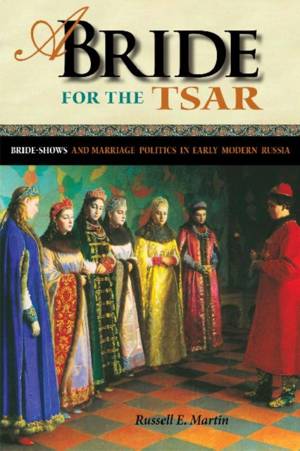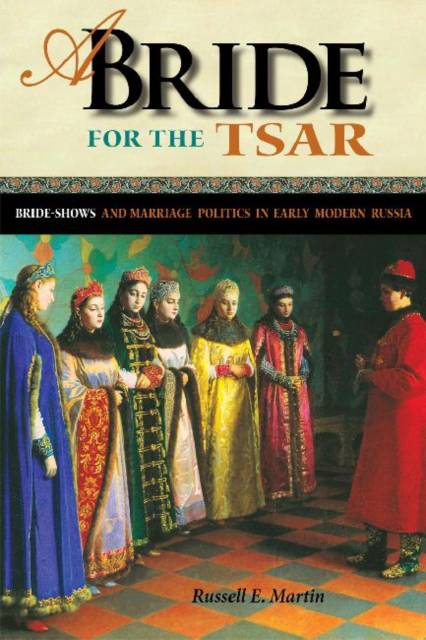
- Retrait gratuit dans votre magasin Club
- 7.000.000 titres dans notre catalogue
- Payer en toute sécurité
- Toujours un magasin près de chez vous
- Retrait gratuit dans votre magasin Club
- 7.000.0000 titres dans notre catalogue
- Payer en toute sécurité
- Toujours un magasin près de chez vous
Description
From 1505 to 1689, Russia's tsars chose their wives through an elaborate ritual: the bride-show. The realm's most beautiful young maidens--provided they hailed from the aristocracy--gathered in Moscow, where the tsar's trusted boyars reviewed their medical histories, evaluated their spiritual qualities, noted their physical appearances, and confirmed their virtue. Those who passed muster were presented to the tsar, who inspected the candidates one by one--usually without speaking to any of them--and chose one to be immediately escorted to the Kremlin to prepare for her wedding and new life as the tsar's consort.
Alongside accounts of sordid boyar plots against brides, the multiple marriages of Ivan the Terrible, and the fascinating spectacle of the bride-show ritual, A Bride for the Tsar offers an analysis of the show's role in the complex politics of royal marriage in early modern Russia. Russell E. Martin argues that the nature of the rituals surrounding the selection of a bride for the tsar tells us much about the extent of his power, revealing it to be limited and collaborative, not autocratic. Extracting the bride-show from relative obscurity, Martin persuasively establishes it as an essential element of the tsarist political system.
Spécifications
Parties prenantes
- Auteur(s) :
- Editeur:
Contenu
- Nombre de pages :
- 394
- Langue:
- Anglais
- Collection :
Caractéristiques
- EAN:
- 9780875804484
- Date de parution :
- 15-06-12
- Format:
- Livre relié
- Format numérique:
- Genaaid
- Dimensions :
- 163 mm x 234 mm
- Poids :
- 725 g

Les avis
Nous publions uniquement les avis qui respectent les conditions requises. Consultez nos conditions pour les avis.






